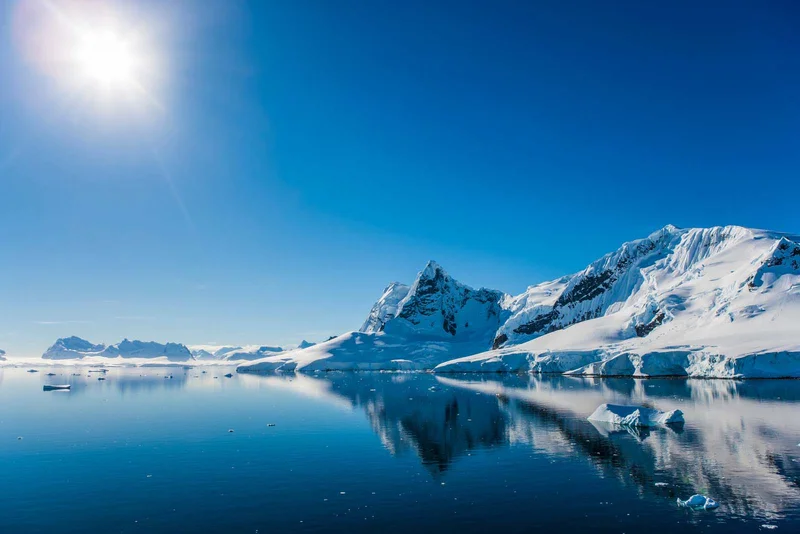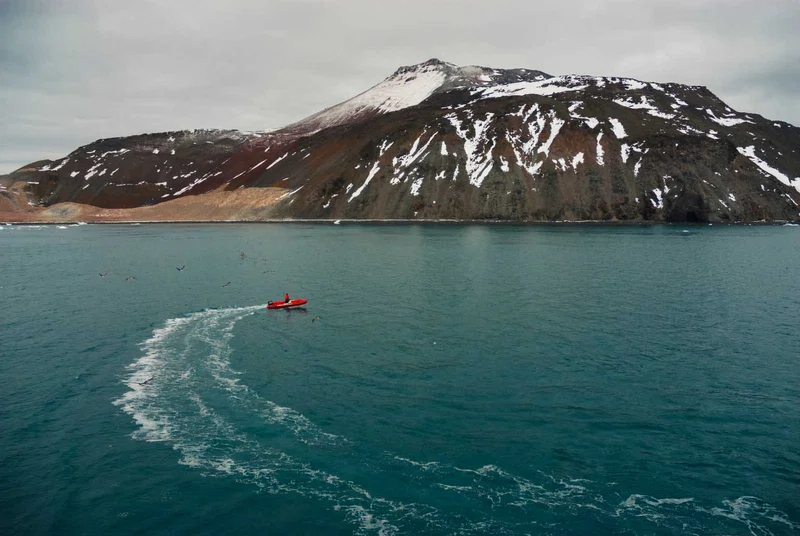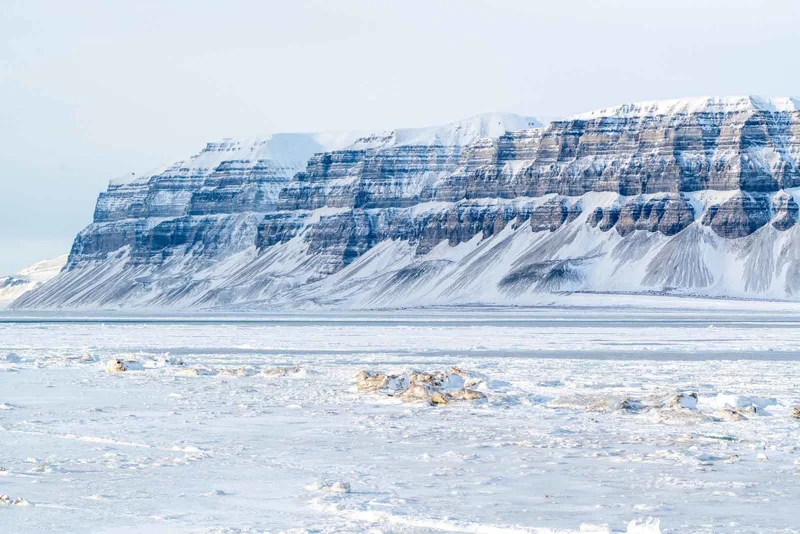
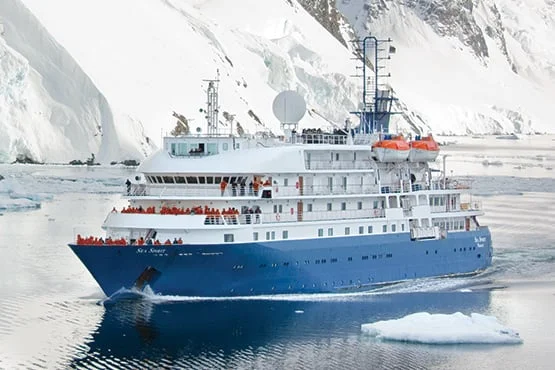
Embark on a luxurious expedition aboard our state-of-the-art vessel to the Arctic, where you'll traverse icy waters and explore enchanting destinations such as Kirkwall, Fair Isle Shetland Islands, Lerwick, and the Faroe Islands. Immerse yourself in unparalleled comfort and elegance as you witness breathtaking landscapes, encounter diverse wildlife, and uncover the rich cultural heritage of these remote Arctic locales. Join us for an unforgettable journey of discovery and indulgence in the heart of the Arctic wilderness.
12 Day Artic Itinerary
Day 1: Edinburgh
Day 2: Edinburgh
Day 3: Kirkwall
Tour "Ancient Treasures of Orkney" with St Magnus Cathedral. Depart Kirkwall, and travel to the West of Mainland (Orkney's biggest island). The tour takes you through Orkney's gentle rolling terrain and the Neolithic Heartland, an area that has been designated as a World Heritage Site for its prehistoric archaeology. After passing the Standing Stones of Stenness we stop at the Ring ofBrodgar, a large ceremonial stone circle dating back nearly 5000 years. The 5000 year old village Skara Brae is beautifully explained in the Visitor Centre. Discover the amazing dwellings that were revealed by the storms 150 years ago from under the dunes.
Listen to some stories as you return to Kirkwall. We will visit St Magnus Cathedral in Kirkwall, the capital of the isle.
Day 4: Fair Isle
Day 5: Lerwick
Day 6: Papa Stour & Foula
Foula, one of the Shetland Islands in the Atlantic Ocean. Foula is a wonderful place for birdwatching. Its cliffs are home to a wide variety of seabirds, including Great Skuas. Foula also has an interesting history and culture.
Papa Stour, another island in the Shetland islands.
Papa Stour’s soft volcanic rocks eroded to create a spectacular cliff scenery, with caves, arches, blowholes, and stacks. The marine fauna and plants that live in these features include a variety of species.
Day 7, 8, 9 & 10: Faroe Islands
National Geographic Traveler has rated Faroe Islands "authentic, undisturbed and likely to stay that way". Nature seems to have spared no expense in "painting the islands". The sceneries are unforgettable with their deep-green hills and bright-blue seas, as well as colourful boats and houses, along with orange-red beaks of puffins.
Faroese people are known for their ruggedness and love of sea. The archipelago will be explored, including Torshavn - the largest and capital city of the Faroe Islands. Kirkjubour was the cultural and ecclesiastical center for the Faroes during the Middle Ages. The Bishop lived here until the Reformation when the Faroese Diocese was abolished. Saint Magnus Cathedral, built in the 13 th century and dominated by its Gothic ruin to this day, still stands on the site. Over the centuries, the Roykstovan has served as the Kirkjubour home for farmers. It is built on a wide stone foundation that was once a part of the Bishop’s Palace. The same Faroese families have lived in the Roykstovan for over 17 generations.
The expedition team will search for areas that are remote and difficult to reach to stop or visit. We may use the Zodiacs, the ship to explore bird cliffs.
Day 11: British Isles
Day 12: Edinburgh
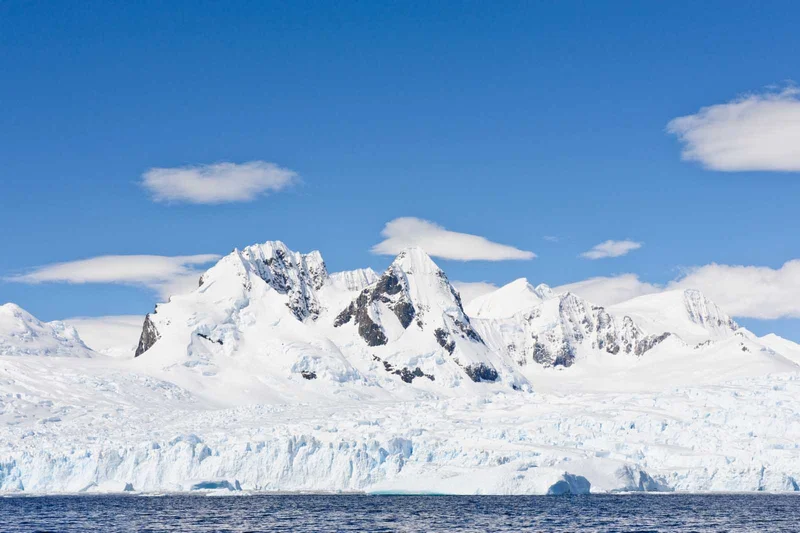
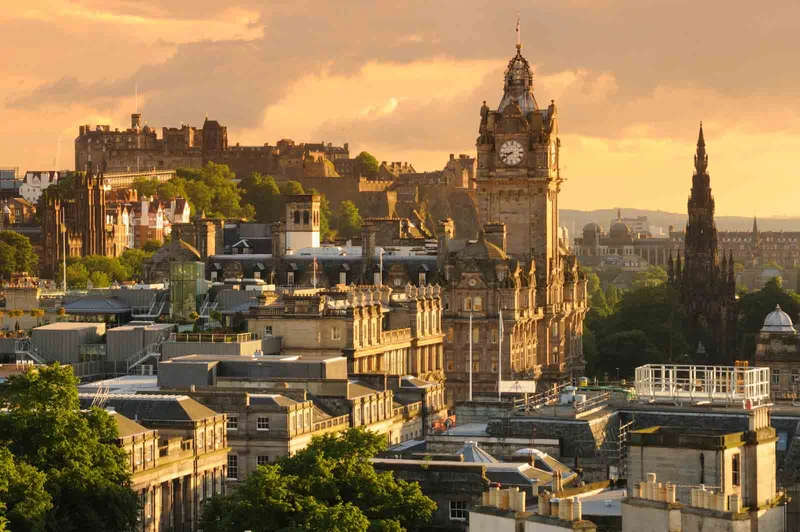
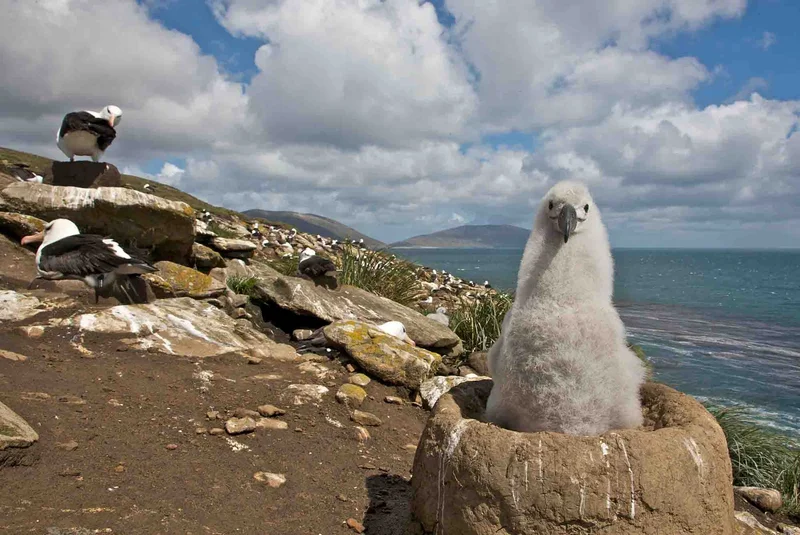
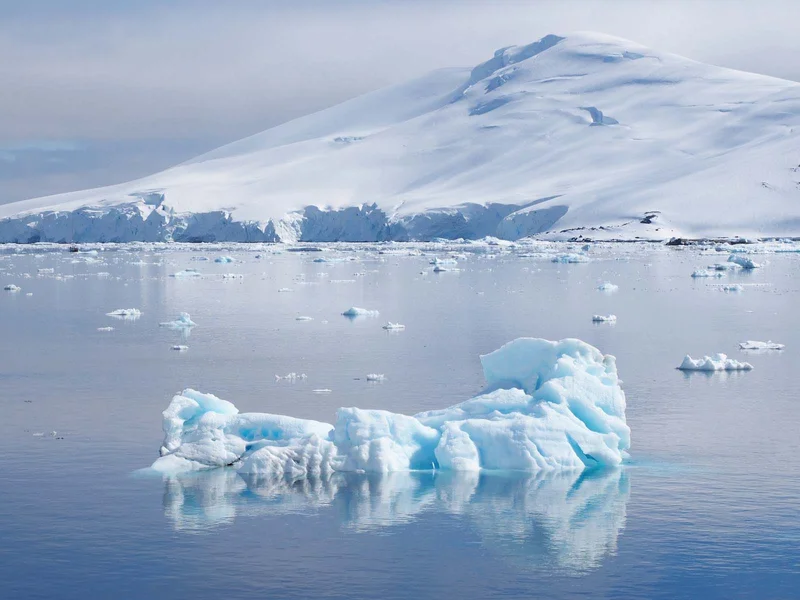
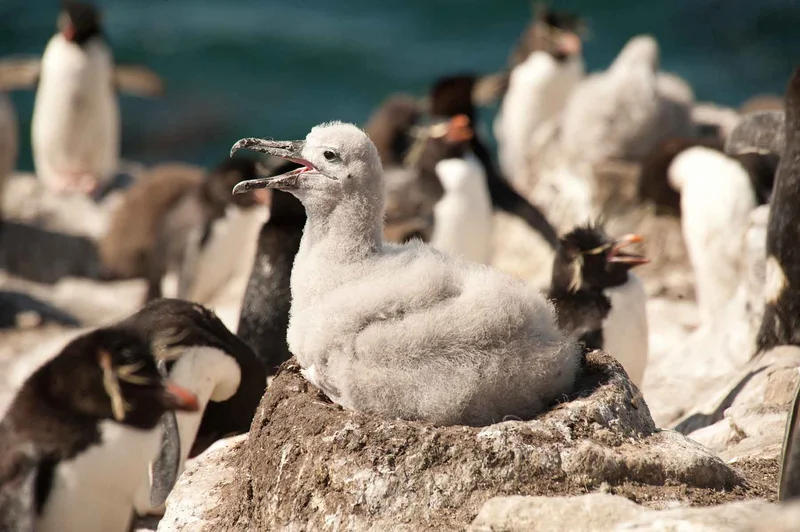
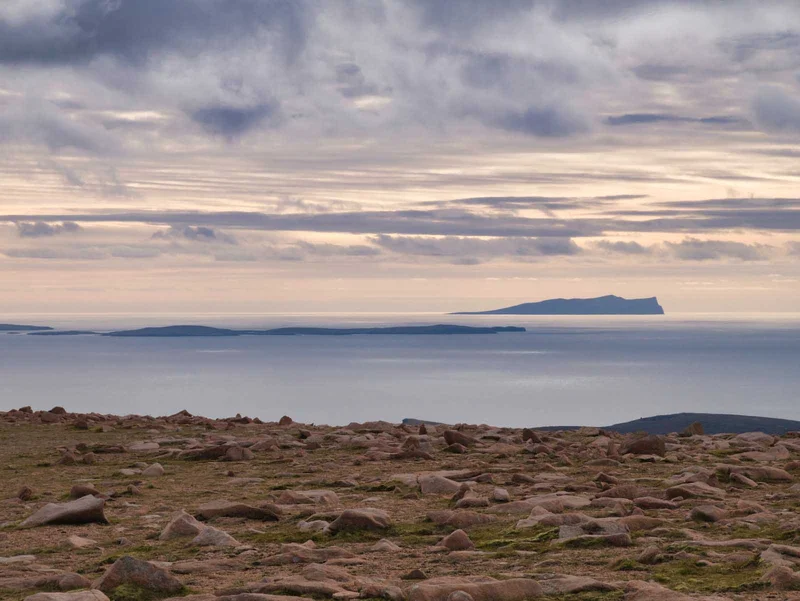
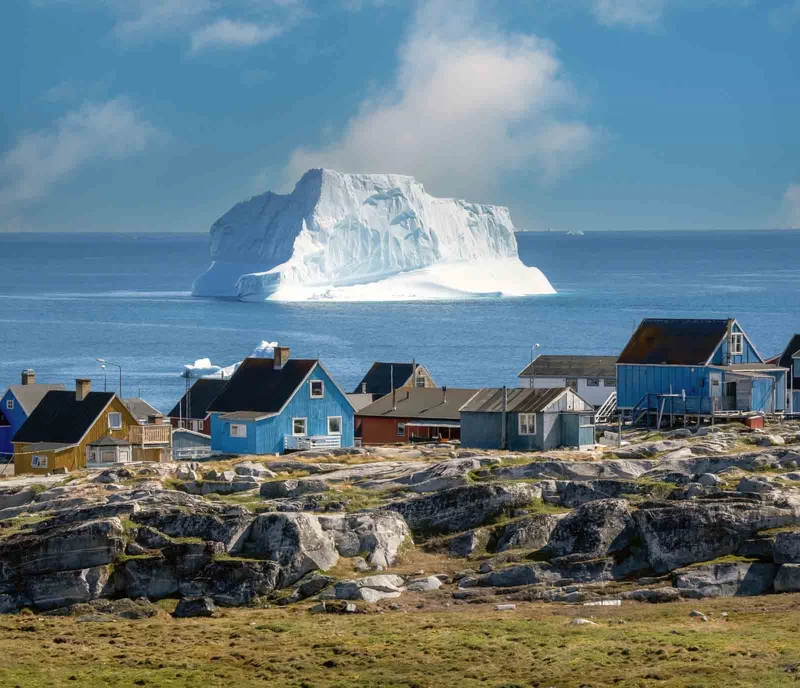
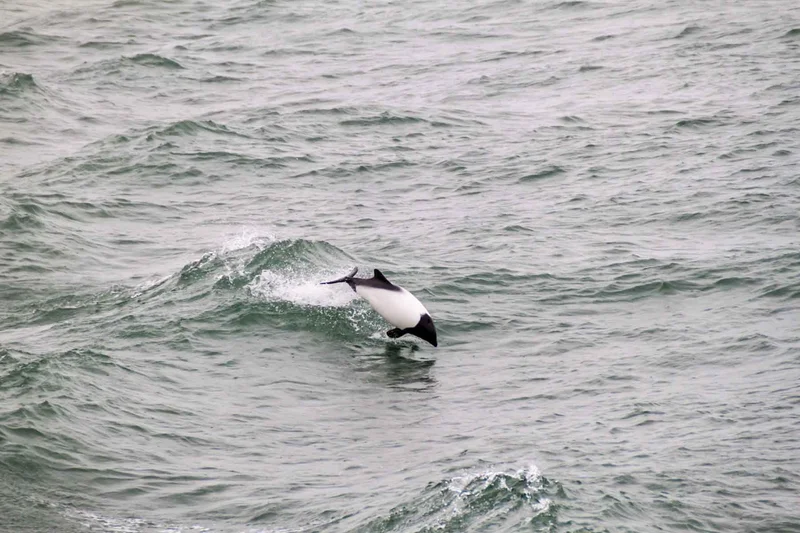
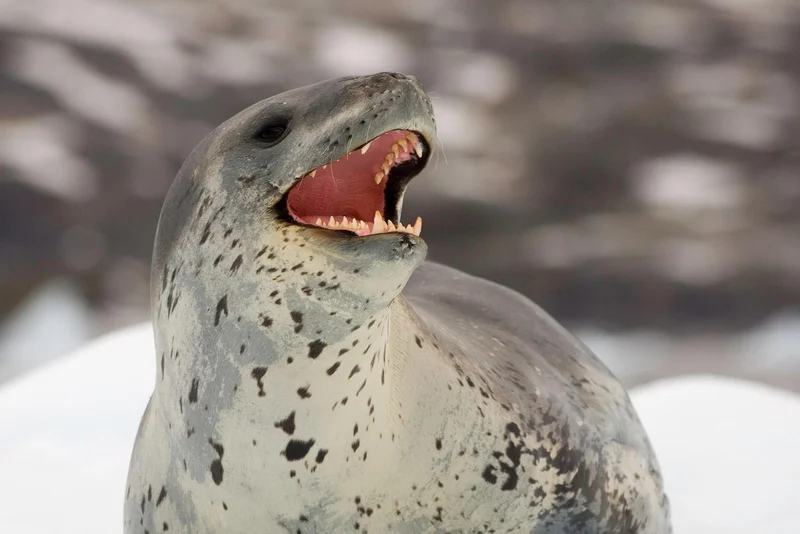
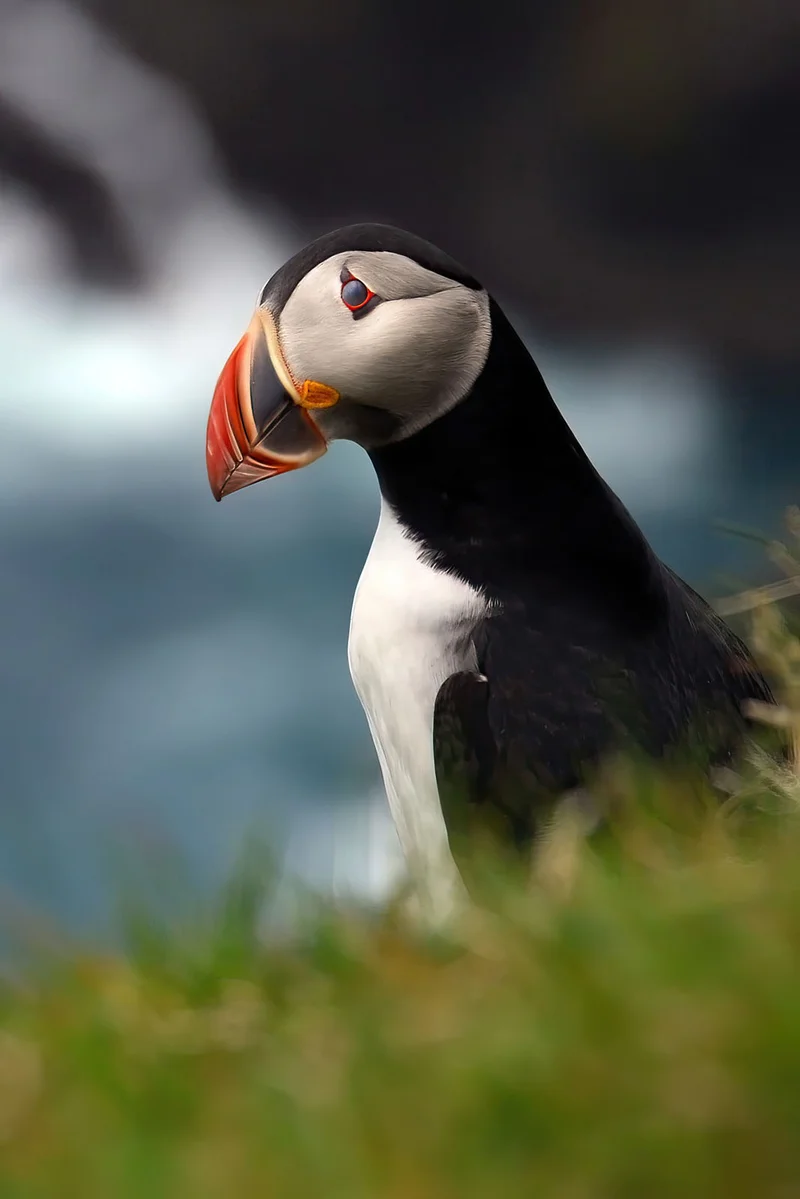
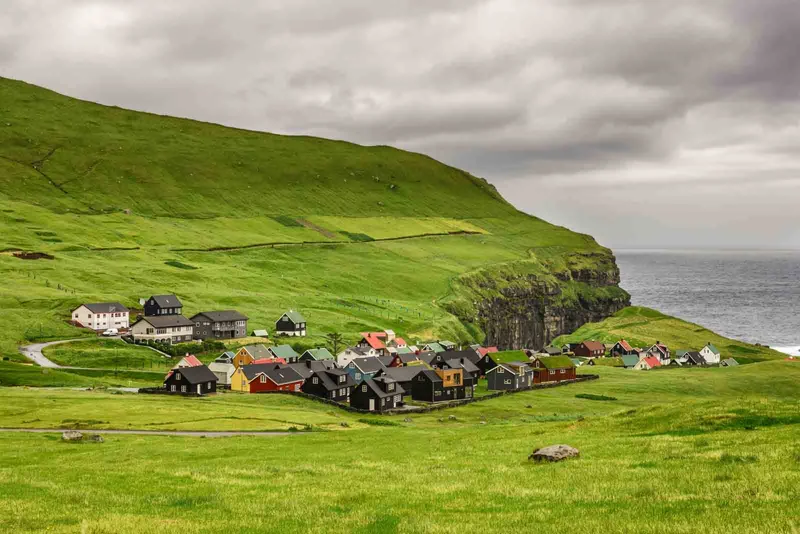
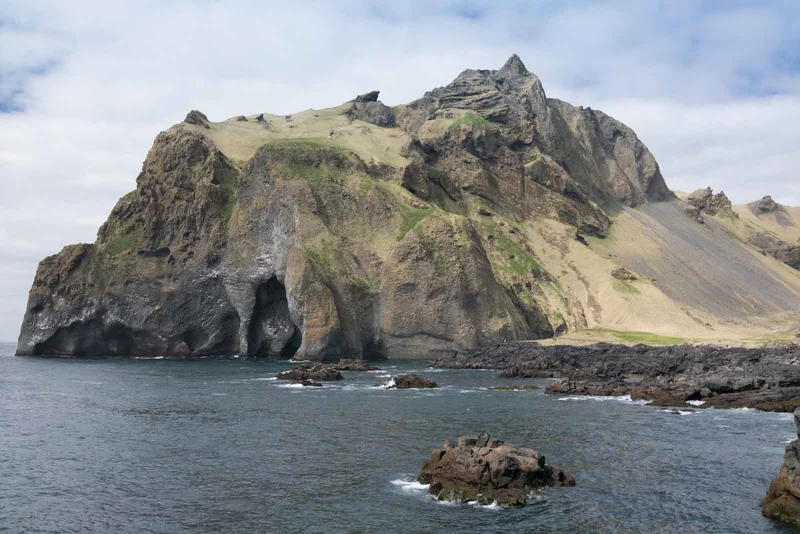
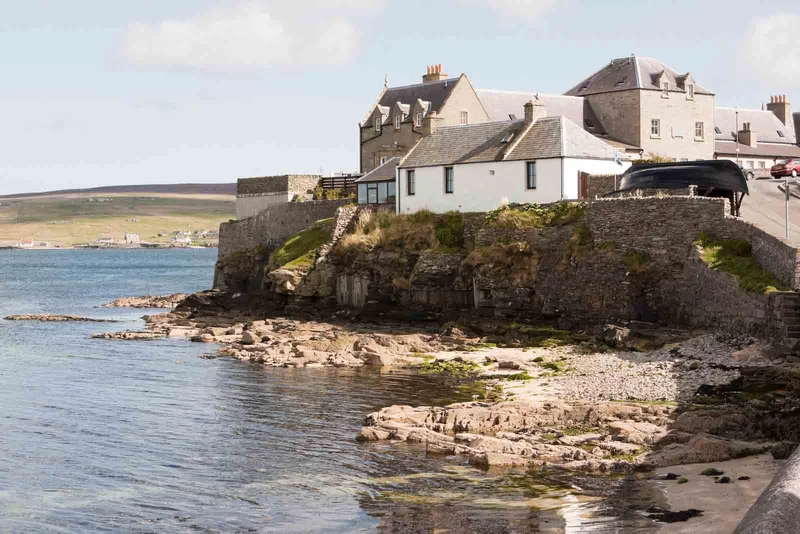
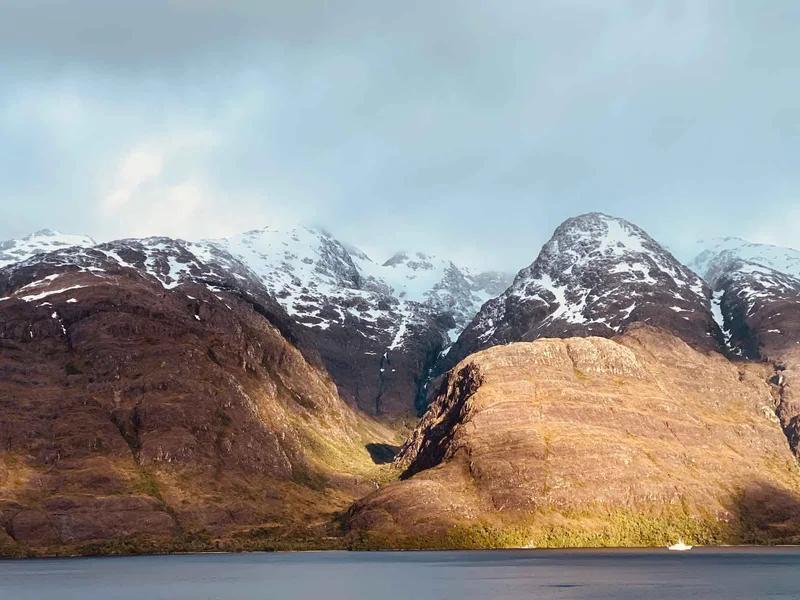
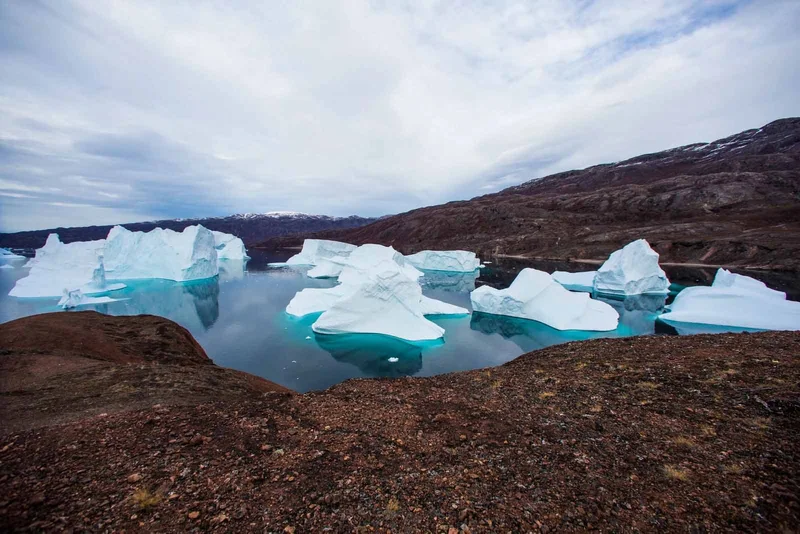
12 Day Artic Itinerary Includes
- Group transfer to the ship on day of embarkation
- Group transfer to airport or central location upon disembarkation
- Shipboard accommodation
- All scheduled landings/excursions
- Leadership throughout the voyage by our Expedition Leader & Expedition Team
- Leadership throughout the voyage by our Expedition Leader & Expedition Team
- WiFi on board
- All meals on board throughout the voyage
- Tea and coffee station 24 hours daily
- Branded Poseidon Expeditions parka
- Rubber boots for shore landings for the time of the cruise
- Welcome and Farewell cocktails
- All port fees
- Predeparture materials
- Digital Voyage Log
12 Day Artic Itinerary Does not Include
- Visa and passport fees (if applicable)
- Luggage and trip cancellation insurance
- Soft drinks and alcoholic beverages other than those for special events and celebrations
- Personal expenses such as laundry and telecommunication charges
- Mandatory Emergency Evacuation Insurance to a minimum benefit of US$ 200,000 per person
- Staff gratuities
12 Day Artic Itinerary Highlights
- Uncover Kirkwall's ancient treasures, including St Magnus Cathedral and Earl's Palace.
- Experience the serene beauty of Fair Isle, renowned for its rugged coastline and vibrant birdlife.
- Discover Lerwick's fascinating history at the Shetland Museum before embarking on a scenic tour to explore Sumburgh Head's historic lighthouse.
- Embark on a unique exploration of Papa Stour's stunning cliffs and caves.
- Immerse yourself in the breathtaking beauty of the Faroe Islands, where picturesque landscapes, charming villages, and historic sites.
Itinerary Map
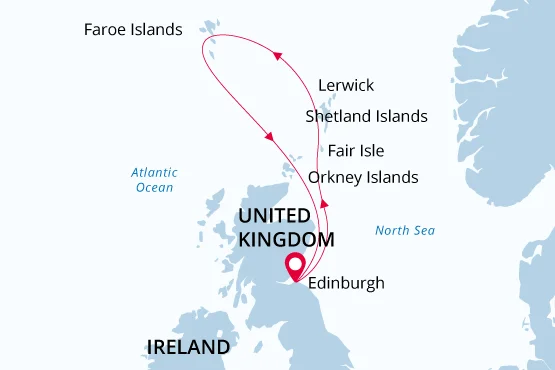
12 Day Arctic cruise activities
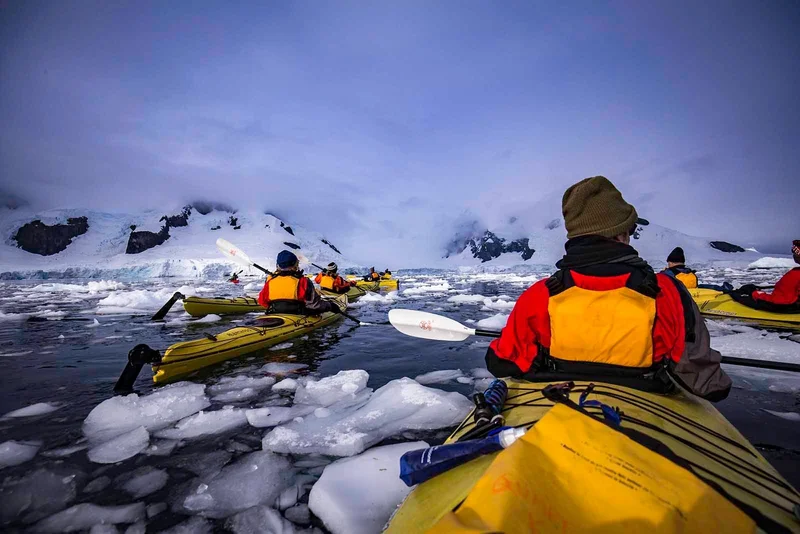
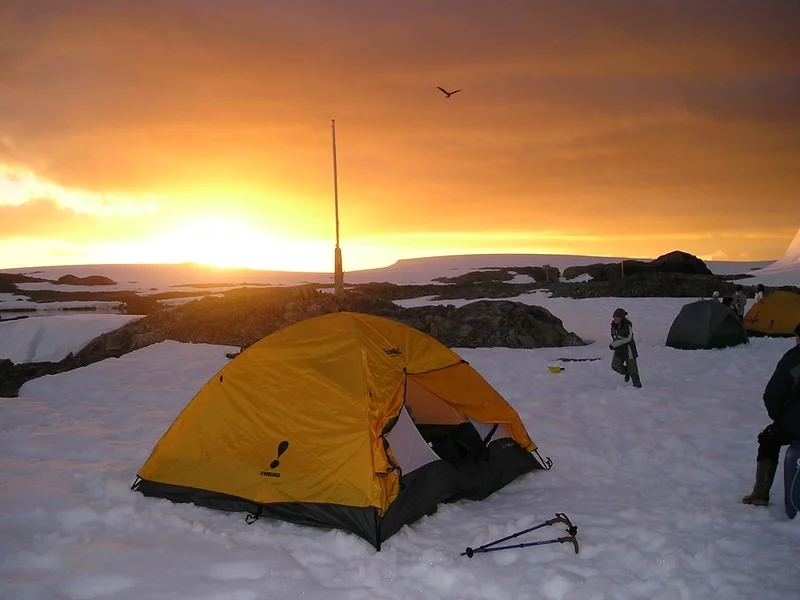
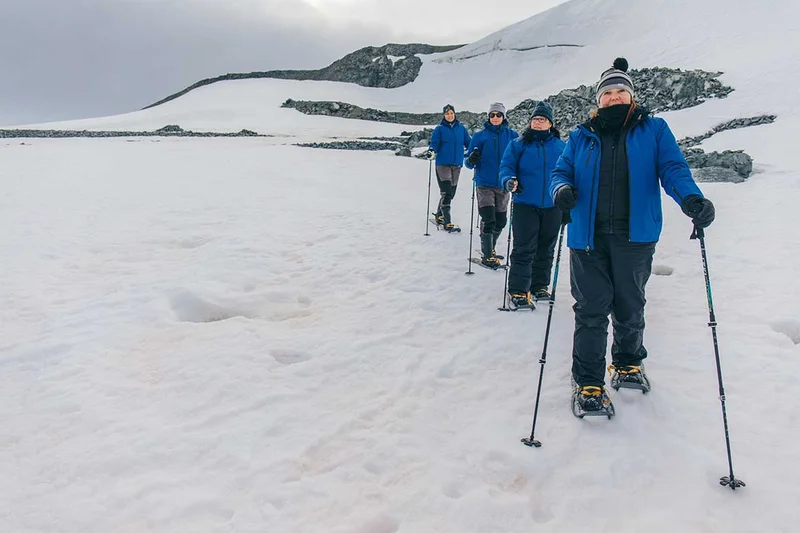
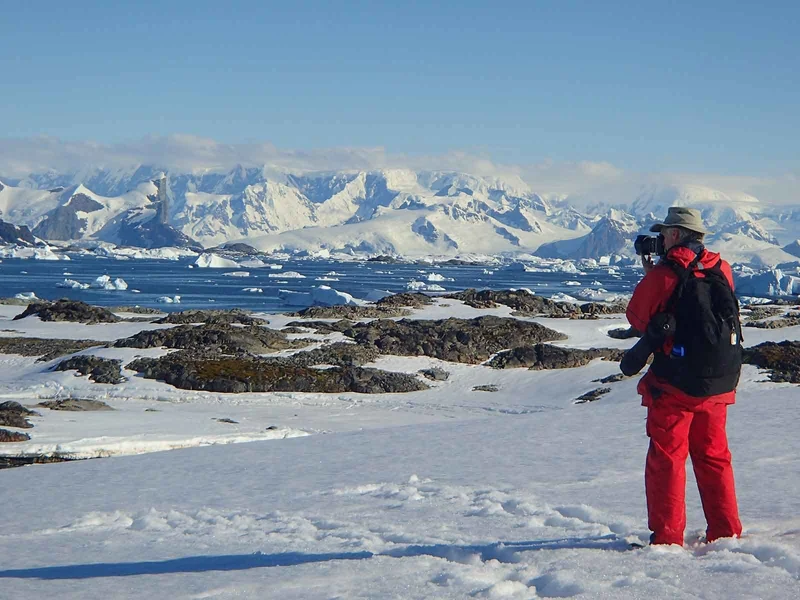
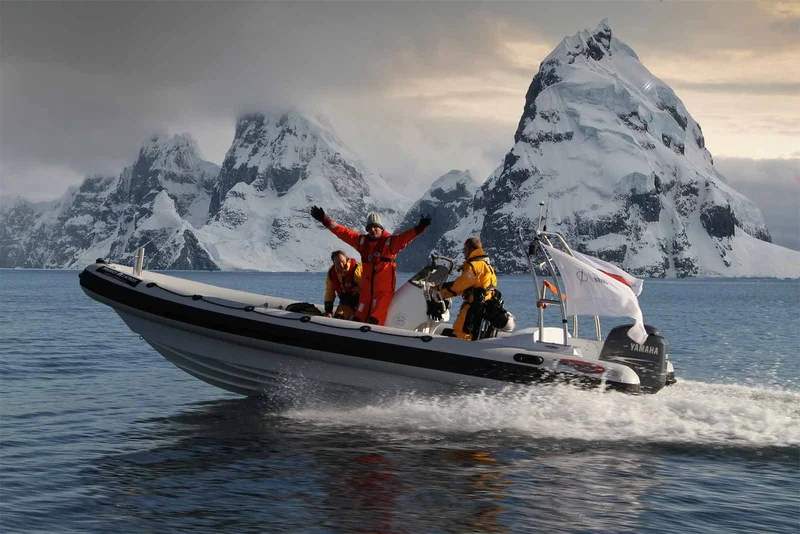

Animals you might see on this itinerary
Wild Islands & Lands of Legends
Why travel with us?
Would you like to know why booking with us is the best choice?
Discover the BenefitsSimilar Itineraries
